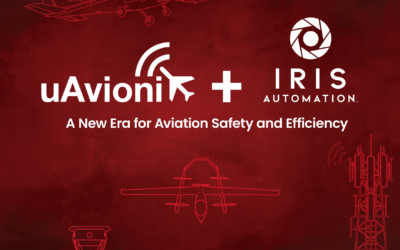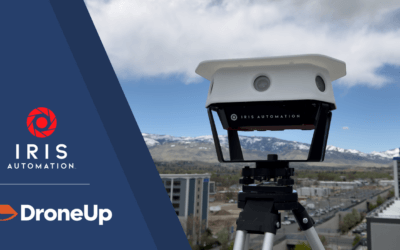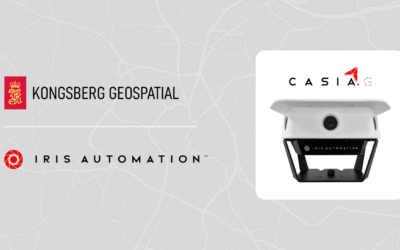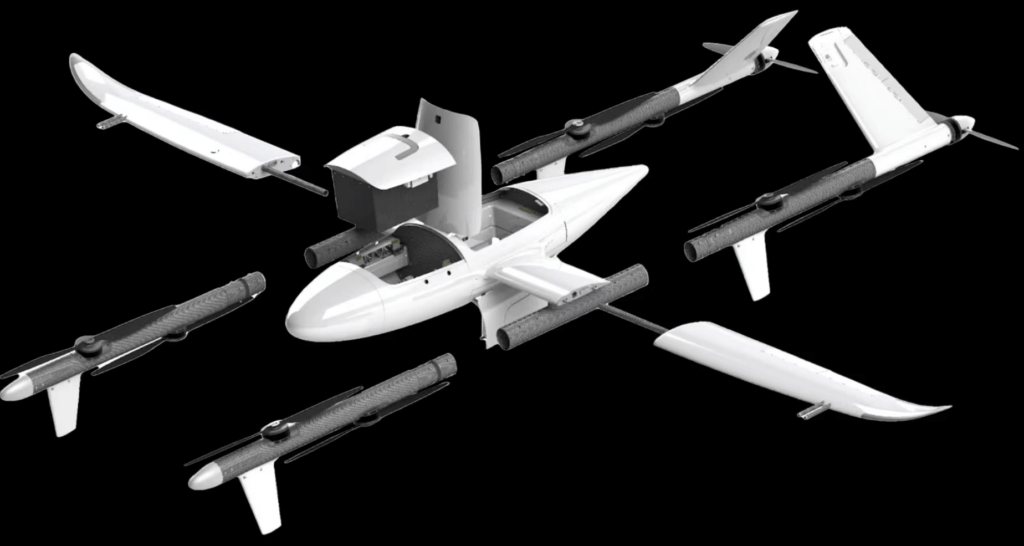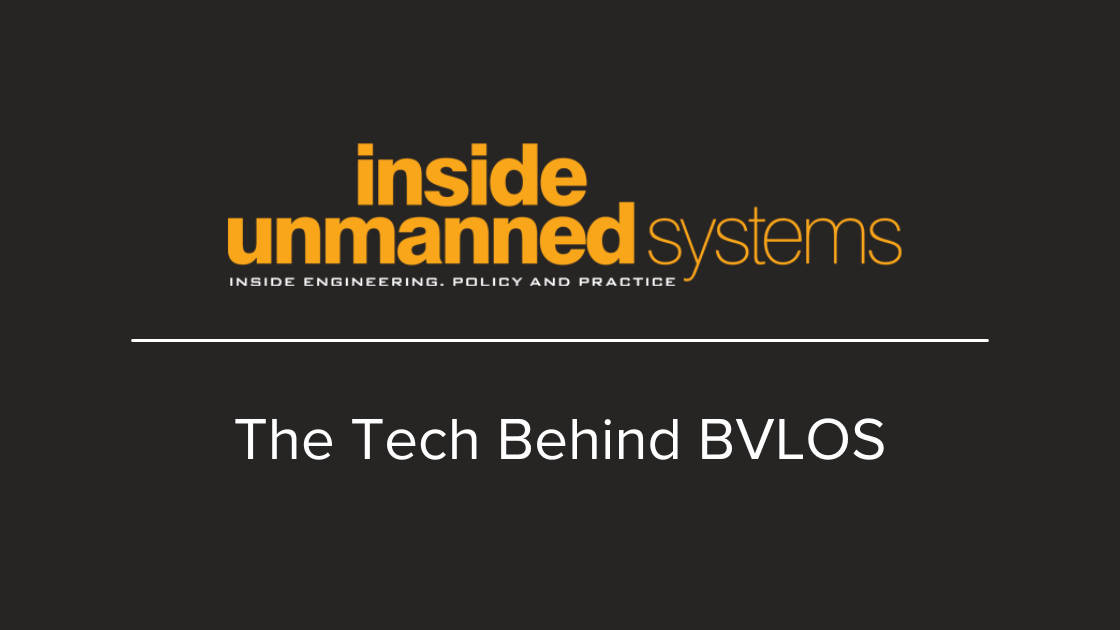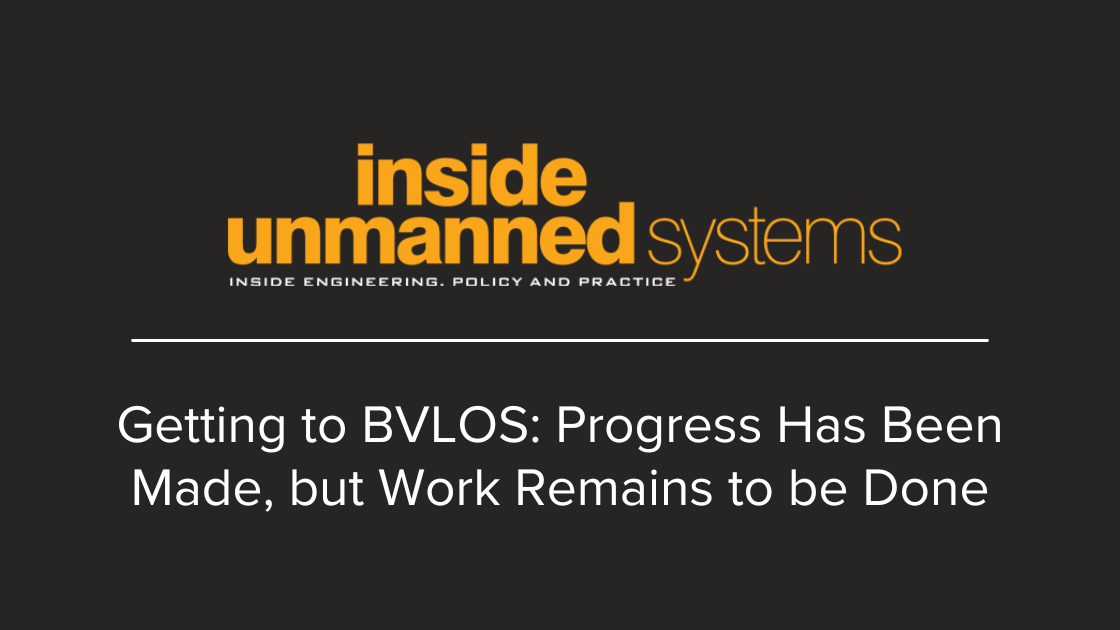Latest News
We’re bringing the future in sight to the entire UAS industry. Here’s what we’ve been up to lately.
Latest News
A New Era for Aviation Safety and Efficiency: uAvionix Acquires Iris Automation
Jon Damush appointed uAvionix CEO uAvionix, a leader in communications, navigation, and...
DroneUp and Iris Automation Partner to Provide Airspace Awareness for BVLOS Deliveries
Casia G Technology Enables Dramatic Growth in Safe Flight Operations as DroneUp’s Delivery Service...
Kongsberg Geospatial and Iris Automation Partner to Bring Complete Airspace Visualization to BVLOS Drone Operators
Aviation visualization leader Kongsberg Geospatial integrates Casia G ground-based Detect and...
Iris Automation in the News
U.S. Congress Continues to Prioritize Safe Integration of UAS into the National Airspace and Expedite BVLOS Rulemaking
By Sean Deverey, Director of Government Affairs, Iris Automation Last week the U.S. House of Representatives passed the Transportation, Housing, and Urban Development (THUD) Appropriations bill for the Fiscal Year 2022. This annual appropriations legislation provides funding and related guidance to the Federal Aviation Administration (FAA). In it, Congress included language that would direct the […]
Can You Fly a Drone at Night? Everything You Need to Know
Updated (March 10th, 2021): New Part 107 Regulations 2021 brings a host of new requirements for both commercial and hobbyist UAS operators, the most important and hotly debated rulings mandate equipping Remote ID technology, and also allow for Operations Over People in certain scenarios. Buried within the Operations Over People ruling is a shift in […]
Eliminating the Vicious Cycle: Ground Based Casia
Sign-up for the early access program in the form below The use of drones for commercial operations promises amazing cost savings and efficiencies. Unfortunately, we’re still waiting to realize the full potential of these benefits. Why? Market factors, physics, and regulations. Market factors When building drones, manufacturers want to sell as many as possible. To […]
Detect-and-Avoid (DAA): How Airborne Collision Avoidance Works
by Alejandro Galindo Why Detect-and-Avoid? In the past few years, Civil Aviation Authorities (CAA) worldwide have been actively creating regulatory frameworks that will enable autonomous Unmanned Aerial Vehicles (UAV) to fly safely Beyond Visual Line of Sight (BVLOS), unlocking countless industries for scalable industrial drone operations. In programs such as the FAA’s Integrated Pilot Programs […]
Drones in Logistics: Uses and What the Future Holds
Obstacle Avoidance Drones: How They Work and What To Know
by Alejandro Galindo, VP of Research & Development at Iris Automation What is obstacle avoidance? Drones currently on the market with ‘obstacle avoidance’ features are able to maneuver around static objects, such as buildings, mountains, and trees without being manually piloted to do so. Static object avoidance is a problem that has been worked on […]
Drone Sensors: The Different Types You Should Know About
Fundamentally, a sensor requires information passing from the thing you’re trying to detect to your detector. When you choose a sensor, you’re choosing the physical phenomena you are attempting to capture. In essence, you’re choosing the modality of information transported. There are two main types of sensors, active and passive, and they both have significant […]
Innovation at Iris Automation
A quick look at where we’re at in June 2020 by Alexander Harmsen, CEO & Cofounder Iris Automation In light of Iris Automation’s selection as a finalist for the 2020 AUVSI XCELLENCE Awards in two categories, including the top prize—XCELLENCE in Innovation, I want to share an overview of the current state of affairs and […]
A Detailed Walk-Through of How to Obtain a BVLOS Waiver
by Trever Linn Flying Beyond Visual Line of Sight (BVLOS) requires special regulatory permissions by Civil Aviation Authorities (CAA) around the world, such as the Part 107 waivers issued under the Federal Aviation Administration (FAA), or Special Flight Operations Certificates (SFOC) from Transport Canada. These permissions are considered and issued on a case by case basis. […]
#HelloCasia
Meet Casia, our Detect and Avoid system for BVLOS operations May 2019 marked one of the hugest accomplishments in Iris Automation’s history to date — launching Casia, the product we’ve been working towards since our inception. Casia is the first commercially available computer vision detect-and-avoid solution to enable Beyond Visual Line of Sight (BVLOS) operations for autonomous […]

